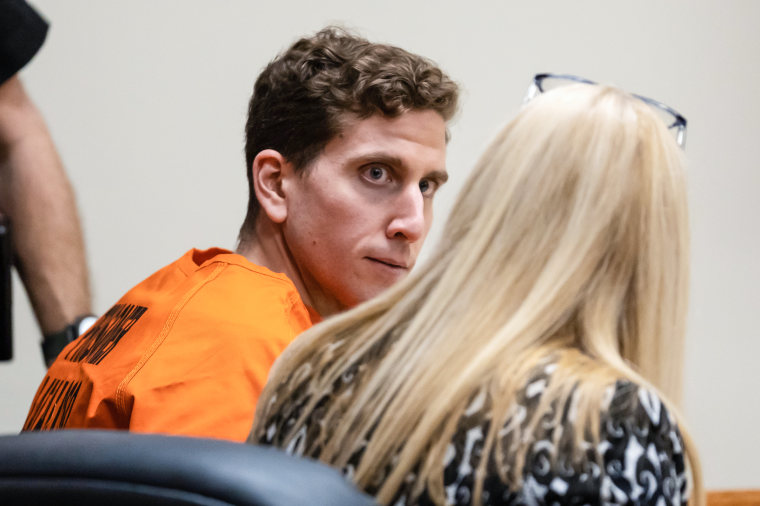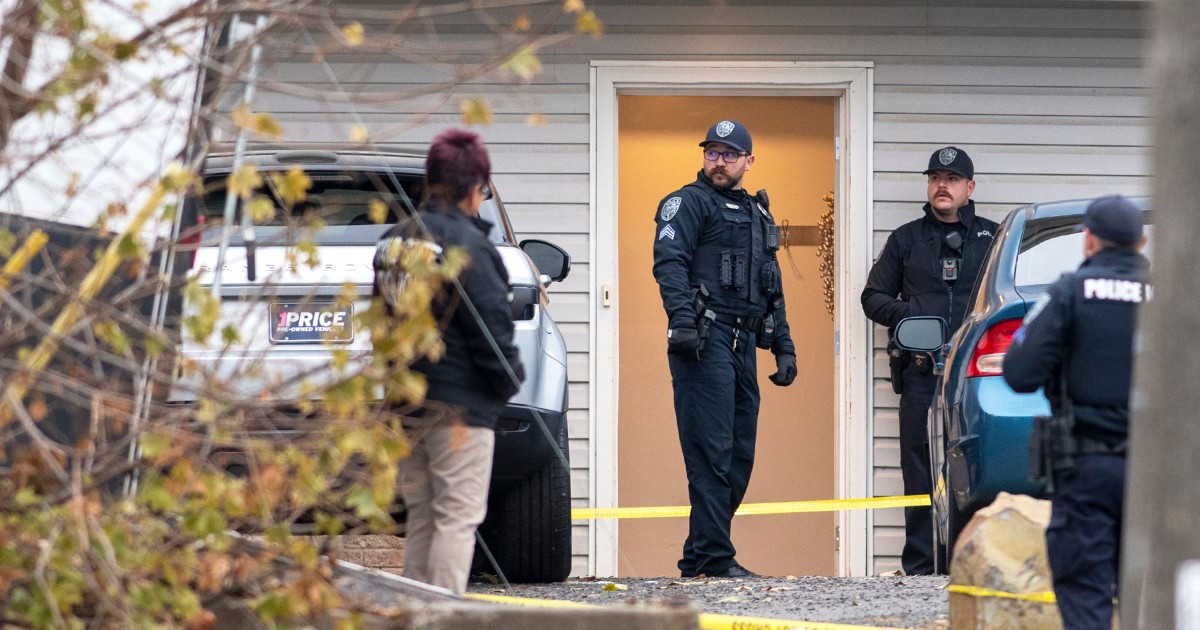Last week, police announced that they had arrested Bryan Kohberger for the brutal murders of four University of Idaho students. After a week-long investigation, authorities zeroed in on Kohberger in part by matching DNA found at the crime scene with DNA from a relative of Kohberger’s apparently obtained from trash in the family’s home.
With only limited information available, it is too early to judge the strength of the prosecution’s case. But the role that DNA has already played has drawn renewed attention to broader questions about the uses and limits of this technology, and scientific evidence in general, in the criminal legal system.
At best, DNA tests can tell you which genes were found in a particular location, but they can’t tell you how they got there.
The approach used to identify Kohberger is just one of several recent developments in DNA testing that have transformed the way law enforcement investigates crime. While these advances present tremendous potential for law enforcement and criminal investigations, the burgeoning new areas of forensics also have shortcomings that underscore the need to proceed with caution and recognize that not all technological advances are foolproof.
In the last decade, the recognition of the deep flaws in many common forensic techniques, such as blood spatter, hair either bite mark analysis—has grown, even as pop culture continues to represent often questionable forensic methods as infallible determinants of scientific truth.
In a justice system plagued by faulty science, DNA evidence is rightly regarded as the gold standard for forensic science – after DNA evidence was first introduced to the criminal justice system late in the decade 1980s, scientists spent years develop and evaluate protocols to compare individual DNA samples, which have been repeatedly found to produce consistent and reliable results.
This has allowed researchers to decipher decades old cold cases and contributed to the exoneration of at least 568 innocent people. But while the value of DNA testing in criminal investigations is now widely recognized, the limits and pitfalls of DNA testing technology and other often less credible sciences are not sufficiently understood among prosecutors, law enforcement and the public.
The criminal legal system is increasingly dependent on innovative new techniques for analyzing genetic material. As such, it is important that we build a greater understanding among the criminal justice field and the public about how DNA is used, what it can and cannot definitively tell us. That’s particularly critical in high-profile cases where pretrial publicity around supposedly definitive «scientific results» can harden thinking and strip defendants of their right to a fair and impartial jury.
DNA analysis was a revolution in forensic medicine, but like all forms of scientific evidence, it has the potential for error. At best, DNA tests can tell you which genes were found in a particular location, but they can’t tell you What they got there. A innocent person dna they may be found at the crime scene because they brushed up against the victim on the street, used the same doorknob as the perpetrator, or dropped a cigarette butt nearby.
Recent technological advances that allow scientists to analyze ever smaller or contaminated DNA samples further complicate the process. While these new techniques can generate valuable insights, they require more subjective judgment and are therefore far from more like to produce false matches than traditional tests. DNA samples are also sometimes mishandled or tampered with, compromising the results.
DNA often yields powerful information, particularly when used to rule out individuals: analysts can identify inconsistencies between two DNA samples making it almost impossible for both samples to come from the same person. But because the DNA of any two people is more than 99% identicalit is much more difficult to say with absolute certainty that two DNA samples should have come from the same person, particularly when it comes to incomplete or contaminated samples.
And while the absence of a suspect’s DNA at a crime scene can, in some cases, provide strong evidence that another suspect was not present or implicated, the presence of their DNA is not always evidence of guilt. As such, relying solely on DNA in investigations, in the absence of other corroborating facts, can lead to tunnel vision Y confirmation biasin which law enforcement and prosecutors subconsciously dismiss evidence that points away from the chosen suspect.
To guard against errors, law enforcement and forensic scientists must establish strict protocols for collecting and handling genetic material to ensure samples are not contaminated or degraded. Prosecutors must be informed about the advances and limitations of DNA analysis and other forensic techniques, and defense attorneys must always have equal access to evidence and evidence, allowing them to investigate potential errors. Furthermore, forensic evidence should rarely, if ever, be the sole basis for arrest or prosecution, and the public should keep that in mind as it absorbs information in high-profile cases involving DNA.

The increasing use of forensic genetic genealogy, the practice of matching crime scene DNA against existing DNA databases to identify the close relatives of perpetrators, raises additional concerns. Although promising in its ability to help solve cases, the technique has activated law enforcement to gain access to the DNA of non-suspects.
Furthermore, the misuse of this information could have far-reaching consequences, and it is crucial that we protect ourselves against abuse. Why Black and Hispanics are significantly overrepresented in law enforcement databases, they are also disproportionately likely to be involved by this genealogical analysis, potentially exacerbating racial disparities across the system.
In 2021, the Innocence Project worked with Maryland legislators to address these risks by He passed first law regulate the use of forensic genetic genealogy. The bill limits the use of these techniques to only the most serious violent crimes or cases that present immediate risks to public safety. It also requires law enforcement to obtain informed consent before testing the DNA of non-suspects (such as family members), unless doing so would compromise the investigation.
Maryland law’s protections must be replicated across the country, especially as we continue to see law enforcement agencies exploit private health information, such as DNA collected from genetic tests for newborns either rape victim exams — to identify criminal suspects.
We also need protections against the misuse of other forensic advances. To that end, district attorneys should have a forensic science point person within their offices who is conversant in these issues, and advocate for state forensic science commissions (such as the one created in Texas) to ensure that discredited sciences do not form the basis for arrests, prosecutions and convictions.
We’ll have to wait and see what the investigation into the unthinkable murders of four Idaho students finally turns up. But as we struggle to confront the senseless horror of these murders and commend the efforts of law enforcement to solve the case, we must also remember that every high-profile incident presents an opportunity to push for higher and better standards. Victims and survivors of crime and the community at large, as well as those accused and arrested, deserve no less.

